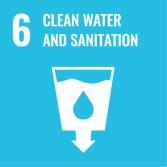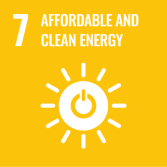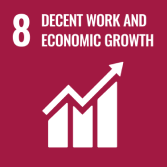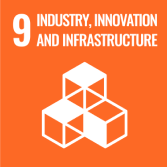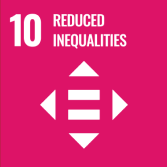Understanding the impact of sprinkler irrigation on field energy balance, microclimate, and crop evapotranspiration is of great importance for optimizing irrigation scheduling and enhancing crop growth. In this study, the microclimate variables, energy, and water flux were measured using an eddy covariance system
[...] Read more.
Understanding the impact of sprinkler irrigation on field energy balance, microclimate, and crop evapotranspiration is of great importance for optimizing irrigation scheduling and enhancing crop growth. In this study, the microclimate variables, energy, and water flux were measured using an eddy covariance system during four wheat (
Triticum aestivum L.) growing seasons in a sprinkler-irrigated field of North China Plain. The variation patterns of microclimate, energy balance (net solar radiation R
n, soil heat flux G, latent heat LE, and sensible heat H) and crop evapotranspiration (ET) were analyzed during and after sprinkler irrigation events. A novel quantitative model using a stepwise regression method was developed to predict the change in microclimate after sprinkler irrigation by considering irrigation, weather, meteorology, and crop traits. The results showed that the reflectance rate of the wheat canopy decreased by 0.01, and the daily LE/R
n increased by 0.19–0.23 in the 1–3 days after sprinkler irrigation with 40–50 mm water, which finally resulted in crop ET increased by 1.8–4.7 mm during irrigation interval, and seasonal total ET could increase by 9–24 mm when five normal sprinkler irrigations were implemented in a wheat season. The mean daily H/R
n decreased by 0.06–0.17, indicating weak energy exchange between canopy and environment. The measured daily minimum (T
min), maximum temperatures (T
max) and daily mean vapor pressure deficit (VPD) decreased by approximately 0.8 °C, 0.9 °C, and 0.25 kPa, respectively, and daily mean relative humidity increased by approximately 7.5% on the first 3 days after sprinkler irrigation; and these changes decreased and were negligible on the 5th–7th days. The decreases in daily T
min, T
max, and mean VPD after sprinkler irrigation could change more under higher irrigation amounts and sunny days with a larger crop leaf area index based on the fitted models.
Full article





